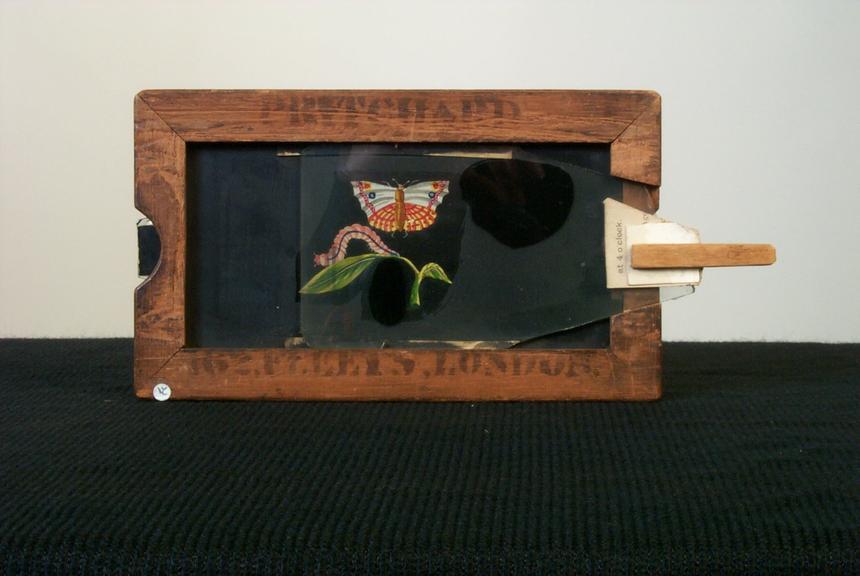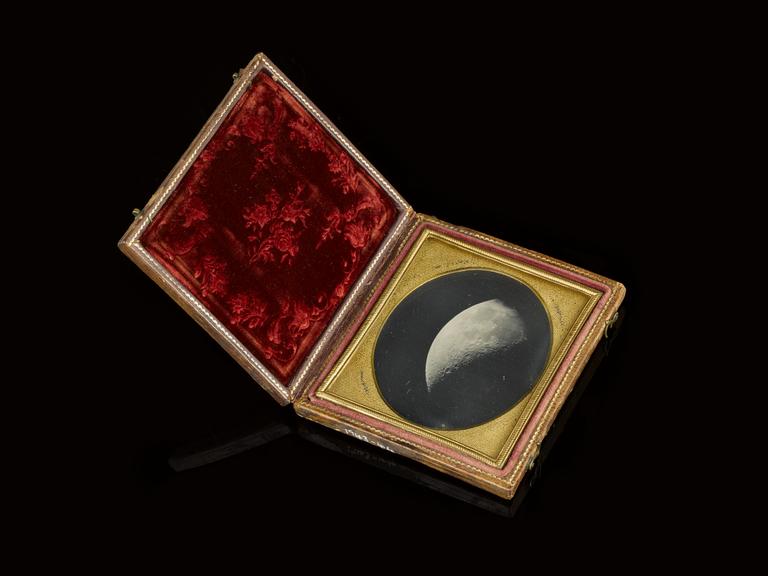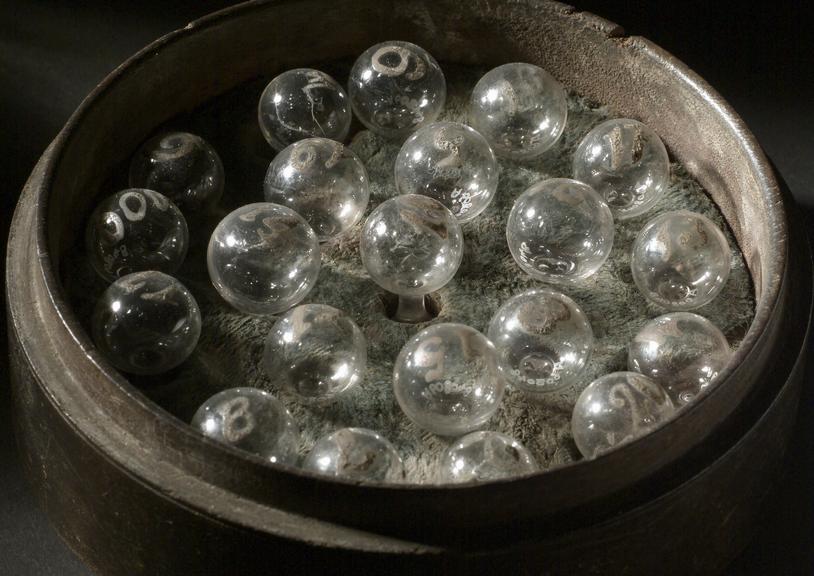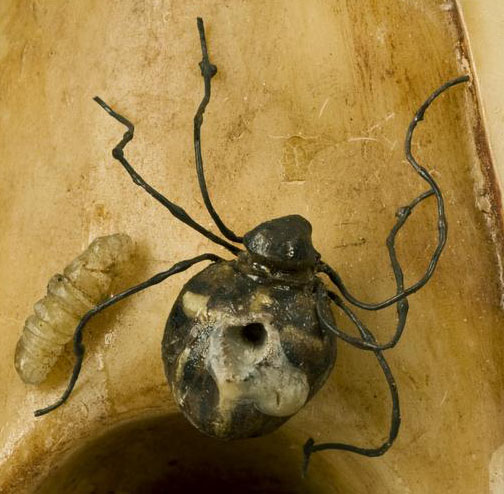“Tell all the truth but tell it slant —” Emily Dickinson

During the last year I have been fortunate to be working on a commission for the DARE Art Prize which challenges artists and scientists to work together. This prize is awarded by the University of Leeds and Opera North, in association with the National Science and Media Museum and The Tetley, Leeds. The problem of how to carry out the research in lockdown was answered by my ongoing (virtual) access to the extraordinary Science Museum Group Collection. This access, as well as my regular meetings with the project team at Opera North and the BioDar scientists, proved invaluable as I rethought the parameters of the project amid a changed world beset by restriction and contradiction.
From the outset the project involved the making of a poetic and visual response to the research of the BioDAR group at the University of Leeds, who are studying weather radar data to identify, measure and map different species of airborne insects. Their plans for field work, and mine for a site responsive writing to their methods, were effectively put on hold for the year. No research happens out of context. The writing and thinking continued with a cloud of terms and phrases: ‘remote sensing’, ‘a plume of volants’, emerging from the screen, into our live-in digital studios and domestic laboratories, took flight with a host of new associations into unknown forms of work and practice.
The slipping slide of the metamorphic magic lantern (above) became a holding image for workings of the project as I proceeded, and often faltered, as the poet Emily Dickinson wrote, at a slant, into explorations of fragile and almost imperceptible truths, the real and imagined connections, the possible links between contemporary scientific work and the associative fields thrown up by apparently unrelated objects and contexts that I encountered through the collection and in my everyday newsfeed. Results were developed online in the provisional and domestic lab, a digital chrysalis that continues to pupate an eclectic series that spans a variety of media: from collage and poetry to film and music.
Below I have selected a few pieces that relate directly to objects in the Science Museum Group Collection, and what follows are some brief contextual notes on the background to each.
frequency hopping
‘frequency hopping’ is a poem written in response to a photograph in the Science Museum Group Collection of Hedy Lamarr after her arrival in Hollywood in 1938.

The poem refers to a patent (PDF) filed by Lamarr and George Antheil in the US in 1941 for a ‘secret communication system’ based on the workings of a player piano. The design adapts the perforations of a piano roll to ‘use 88 different carrier frequencies’ that can be changed between a transmitting and receiving station. The device utilises variable frequency radio transmitters and receivers for the interception and rerouting of missiles or communications and is the basis of recent later applications in WiFi and Bluetooth.
George Antheil is known as the composer of the 1924 avant-garde score for the Ballet mécanique which was originally written for “16 player pianos playing four separate parts, for four bass drums, three xylophones, a tam-tam, seven electric bells, a siren, and three different-sized airplane propellors (high wood, low wood, and metal), as well as two human-played pianos”.
The poem refers to these contexts in relation to the digital landscape of social media that played a part in enabling the attack on the US Capitol on 6 January 2021.
The radar technologies used by the BioDar team to picture plumes of flying insects amid the data used to predict the weather were first discovered in the run-up to the Second World War.
two cases

This short story, accessible here in audio form, is a fictional account of two different days in the life of an unnamed woman who worked as a radar operative at Ditton Park in Slough during the late 1930s. She is imagined then and some 30 years later on a visit to London which happens to coincide with the first day of the Moon landing in 1969.
The story features two objects in cases taken from the Science Museum Group Collection, ‘Daguerreotype of the Moon in leather case’ from 1851 and ‘21 spirit bubbles in circular case’ which was made some time between 1840–1920 in Manchester.

In the story, the first object is given to her as a present when she is a young woman and later she sees a black and white photograph of the enigmatic ‘Spirit Bubbles’ in an art gallery.
this is a portrait if I say so

This is a fictional account of an encounter at a museum in which an 18th century wax vanitas is displayed. Each of the characters demonstrates a different relationship to the wax vanitas which reflects their own personal histories and suppressed emotions. The title gestures to the 1961 work by Robert Rauschenberg, This Is a Portrait of Iris Clert If I Say So, made manifest as portrait in the form of a telegram consisting only of the title phrase. The context for the story is the climatically unstable present of a warm day which threatens the comfort and stability of each figure, and of course the conservation of the exhibit itself which is made of wax. How we respond to tipping points both emotional and climatic, both very real but often hardly noticeable is a central concern.

For further information and to see and read other works visit the digital studio/domestic lab: Weather, Whether Radar: Plume of the Volants
Olsen’s text-based and audiovisual work will be accessible in an Open Studio at The Tetley, Leeds, between 3–7 November 2021, 10.00–17.00 daily—read more about the open studio. On Saturday 6 November 2021, Olsen will be joined by Dominic Gray (Projects Director, Opera North), to discuss her practice, ideas, and process behind this new body of work. A limited edition bookwork of the project will be available in the Tetley bookshop.